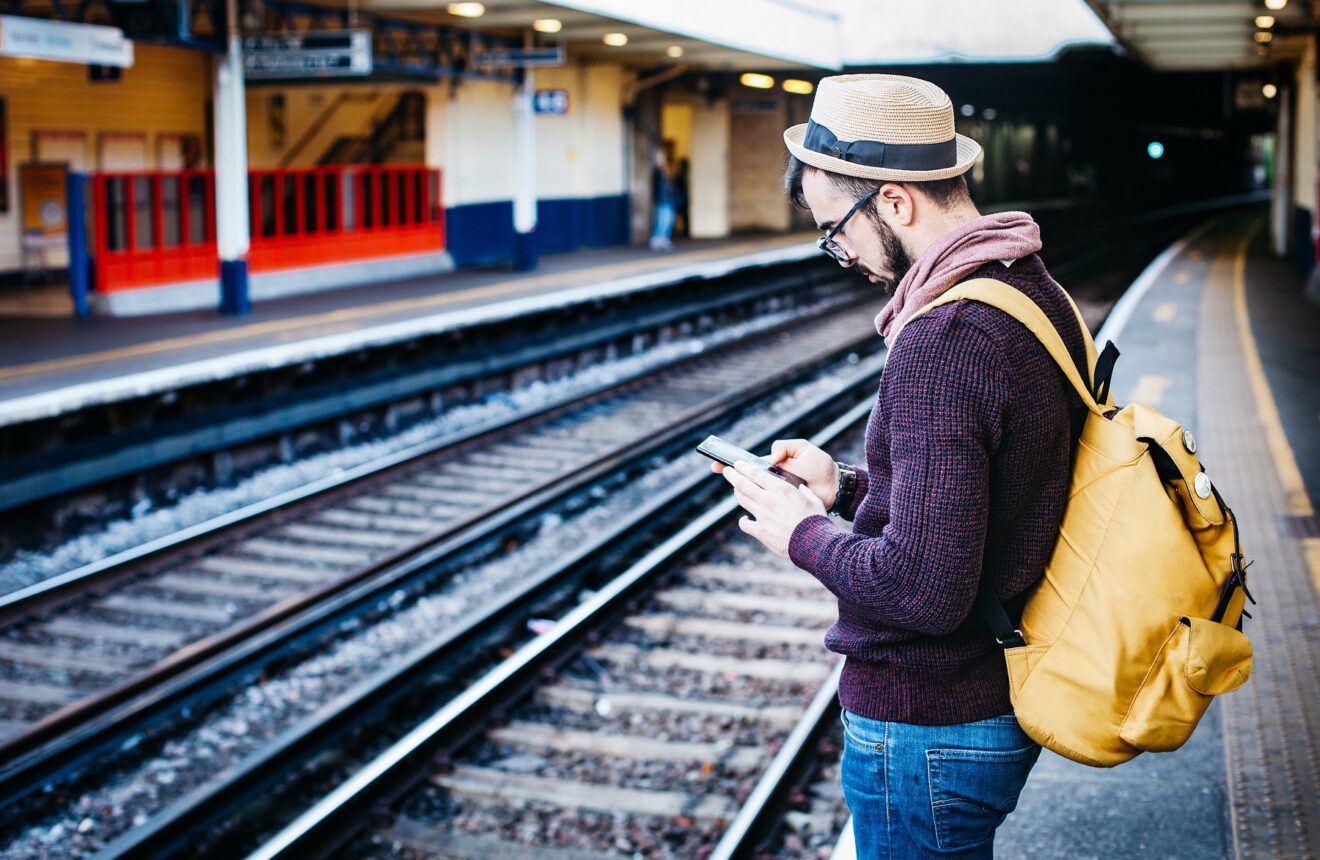The stakes are high: Digital travel sales are expected to hit $219 billion by 2021, with nearly half of these transactions happening via mobile. Travel brands have been undergoing an intense digital transformation for the last few years, but that journey has only begun. There’s plenty more to learn, especially from neighboring sectors. Here are a couple of tech-driven innovations from other marketing categories that travel brands can call their own and why they are important as the 5G era approaches.
Take them to the experience
There’s been a lot of recent buzz around mixed reality playing a bigger and bigger role for in-flight experiences and hotels’ in-room offerings. Tourism marketers have also embraced 3D-powered video while offering jaw-dropping views of their mountains, lakes, plains and deserts. While these efforts are exciting, airlines, hotels and tourism boards may not be thinking enough about how far they can take AR, in particular.
Kate Spade offers an example that’s unusually applicable to travel brands. When promoting its first storefront in Paris last year, the women’s fashion brand acted with a destination marketing mindset by launching an AR app dubbed My Little Paris. It takes users on virtual walking tours the brand called Joy Walks, roaming the City of Lights and offering AR-enabled surprises like flamingos appearing by the Seine River or a rainbow digitally overlayed around the Eiffel Tower.
Keep them assured
Relevancy is everything; for instance, sending high-value push notifications frequently can increase mobile app retention rates by 3 to 10 times. With that in mind, I love what Lyft has started doing with notifications. After the app pings you that it found a nearby driver, it alerts you when the driver is approaching your location. Then, it will let you know the driver is outside your door and how long he or she will wait for you. It will also let you know if there’s been a delay in his or her arrival or if a nearer driver has been given your assignment.
How travel marketers can copy this idea right now: For instance, when you are on your way to the airport — or even in an airport — every push notification, SMS message or email from your airline is appreciated. Typically, airlines only notify a passenger when a flight is delayed — and it’s sometimes via an email. Airlines, bus lines and cruise ships should steal this “friendly updates” page from Lyft’s mobile notifications playbook and alert customers that their departure is on time. Alerts and updates should be a common piece to an airline’s mobile boarding pass. It’s good information, and such a service will save, in particular, airport frequenters many anxious walks up to the departures screen at the airport and endear them to the brand.
How 5G could advance this idea even further: Imagine getting a text with live video from your terminal that reveals your plane pulling up, showing that it’s is on time. Or how about live video of your vacation resort’s pool and outside bar to get you excited for an upcoming trip? 5G will make these experiences possible.
How travel marketers can copy this idea right now: Travel brands can employ this concept to upgrade the customer experience before and after the purchase. To encourage vacation bookings, airlines and hotels could enable consumers to show what the experience will be like at destinations. For instance, if you wanted to convince family members or friends that a particular place is worth everyone’s time and money, you could use such an app to overlay images of them at a tourist attraction, and then share the digital inspiration with them. The app users could also utilize the features to post AR-enhanced images while they are on the trip, promoting whatever travel brands helped them get there.
How 5G could advance this idea even further: The opportunities for marketers in the airlines, hotels, tourism and destination-minded events spaces are going to be endless. The innovations will range from VR-powered films to get consumers excited in travel to live video taking them behind the scenes at such places. Organizations like Tourism Vancouver and The Venetian will be able to experiment with immersive videos like never before.
Watch always and borrow often
In the end, travel customers worry a lot about their trips, and they take their time before spending their hard earned cash on this brand or that company. After all, the average vacation in America costs $144 a day per person.
So, as a travel marketer, your strategy cannot be all about acquisition, otherwise, you’re just a small part of the $80 million that’s spent by the sector on Google daily. It also needs to be about retention, about giving people a customer experience worth repeating. That’s why it’s important to keep an eye on what the Lyfts, Amazons and Kate Spades of the world are up to and trying their tactics for yourself.
Related stories:
- The trials and triumphs of VR at theme parks
- Workplaces, hotels see bleisure as a growing norm for business travel
- Spas latch onto natural remedies, including CBD
Mike Stone is the senior vice president of marketing for Airship.
__________________________________________________
If you enjoyed this article, sign up for ILHA SmartBrief, ISPA Smartbrief or SmartBrief for the Travel Professional to get news like this in your inbox, or check out all of SmartBrief’s food and travel newsletters as we offer more than 30 newsletters covering the food and travel industries from restaurants, food retail and food manufacturing to business travel, the airline and hotel industries and gaming.
